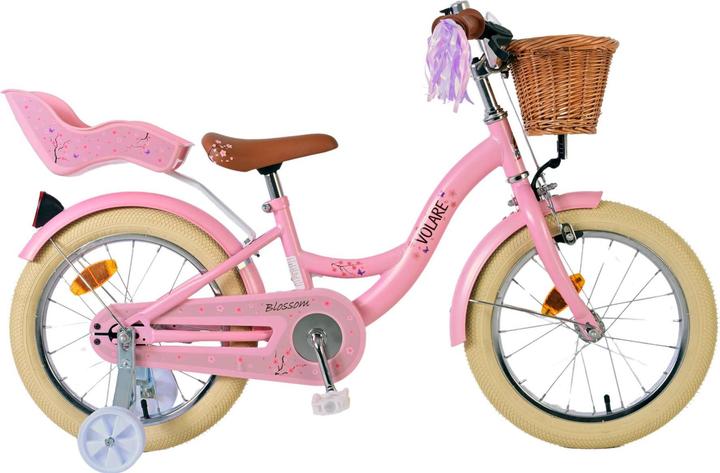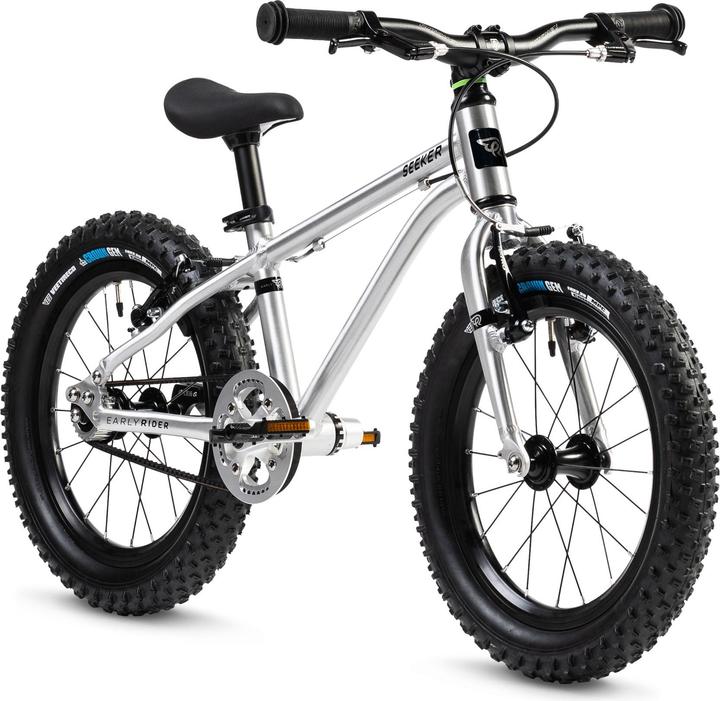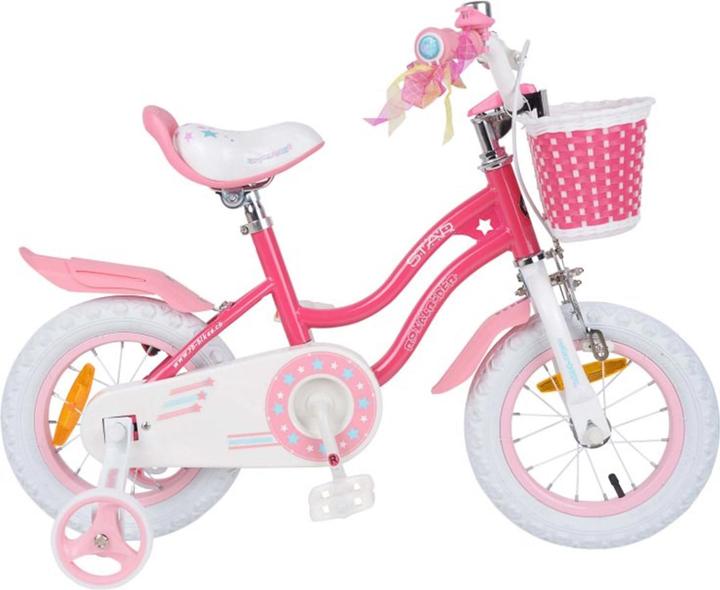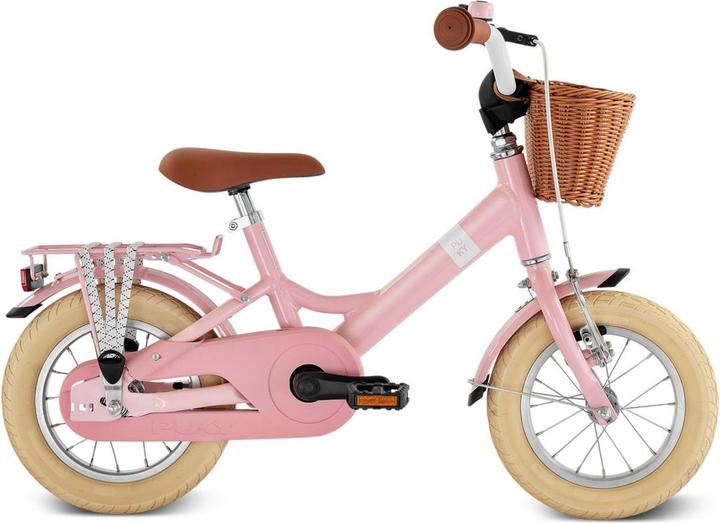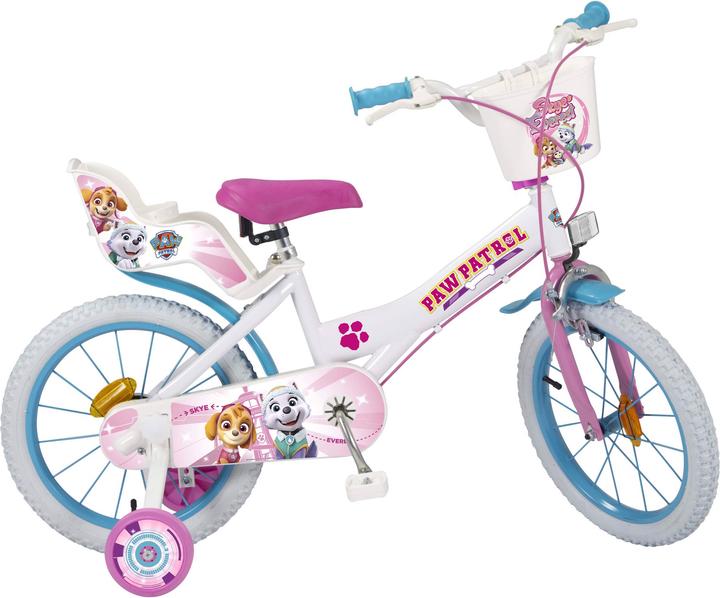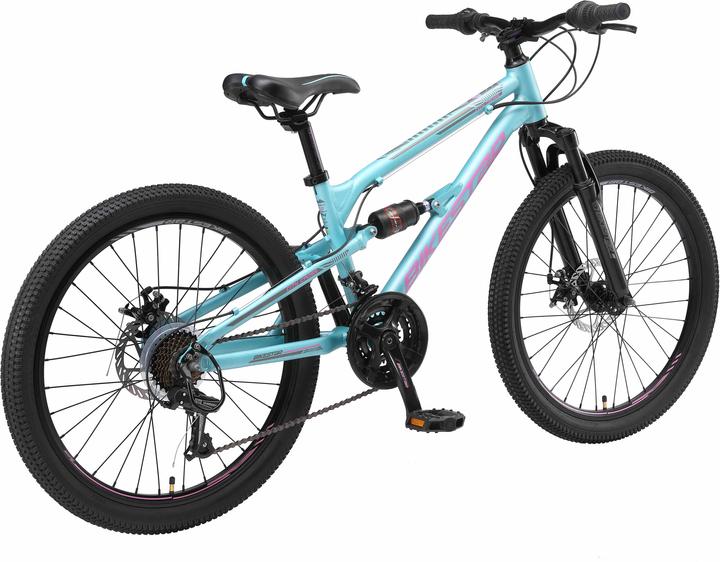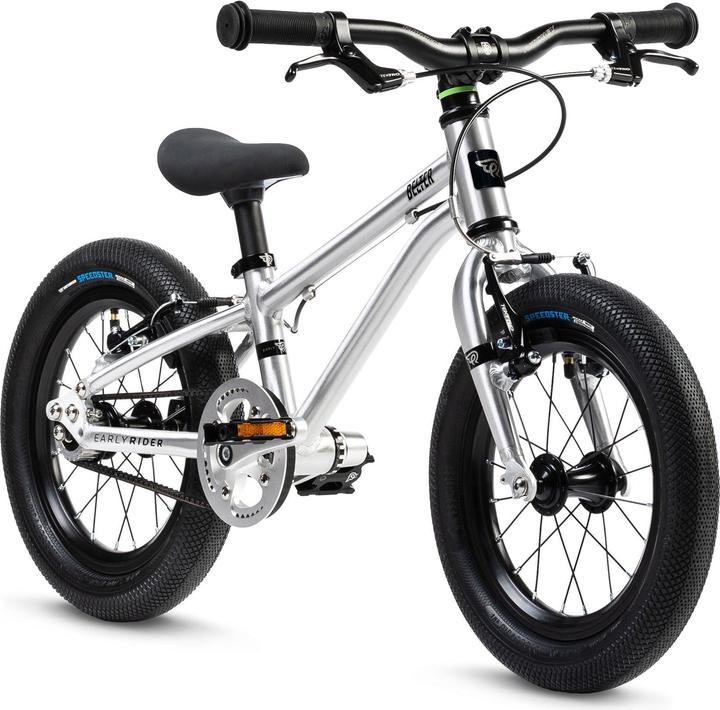
Too Many Children's Bikes? Here's How to Choose the Right One
Discover five key factors to consider when selecting the perfect bike for your child.
Last updated 13 hours ago. Automatically generated content.


Select options and limit the number of products
Minimum age refers to the recommended starting age for using a children's bike, ensuring it is suitable for a child's developmental stage. This factor is crucial for safety and comfort, as it aligns the bike's features with the child's physical abilities and coordination.
Popular options
Up to 3 Year
Typical price
140.– to 290.–Designed for toddlers, often featuring balance bikes without pedals to develop balance and coordination.
Ideal for young children learning to steer and balance, providing a safe introduction to cycling without the complexity of pedaling.
Bestseller
4 - 6 Year
Typical price
190.– to 520.–Typically includes bikes with training wheels or low seat heights for easy mounting and control.
Perfect for children transitioning from balance bikes, allowing them to gain confidence with pedaling and braking.
Bestseller
7 - 10 Year
Typical price
320.– to 680.–Offers bikes with larger frames and adjustable components to accommodate growing children.
Suitable for older kids ready for more independence, providing the ability to tackle longer rides and varied terrains.
Bestseller
Wheel diameter in children's bikes affects stability, control, and comfort, making it a crucial factor in choosing a bike that fits a child's size and riding ability. Selecting the correct wheel size ensures a safer and more enjoyable riding experience, contributing to a child's confidence and skill development.
Popular options
Up to 14"
Typical price
150.– to 210.–Suitable for toddlers and young children, typically ages 3 to 5 years.
These smaller wheels offer better control and are easier for young riders to handle, making them ideal for learning balance and basic cycling skills.
Bestseller
15 - 18"
Typical price
180.– to 400.–Designed for children approximately 5 to 8 years old, accommodating growing kids.
Provides a balance of stability and maneuverability, perfect for kids gaining confidence and transitioning to more independent riding.
Bestseller
19 - 24"
Typical price
290.– to 640.–Ideal for older children, usually aged 8 to 12 years, who are more experienced riders.
Larger wheels offer increased speed and efficiency, suitable for longer rides and varied terrains.
Bestseller
The braking system on a children's bike is essential for safety, controlling how effectively the bike can be stopped. Choosing the right braking system affects the ease of use and maintenance, directly impacting a child's riding experience and confidence.
Popular options (you can select more than one)
Disc brake
Typical price
260.– to 800.–Provides strong and consistent braking power in various weather conditions.
Ideal for more adventurous riders, offering reliable stopping on trails and wet surfaces.
Bestseller
Rim brake
Typical price
210.– to 490.–Uses pads to press against the wheel rims to stop the bike.
Rim brakes are lightweight and easy to maintain, suitable for everyday riding on paved roads.
Bestseller
Coaster brake
Typical price
160.– to 320.–Engages by pedaling backward, allowing for simple and intuitive stopping.
Perfect for young children, as it eliminates the need for hand coordination, making it easier to learn.
Bestseller
Hydraulic
Typical price
710.– to 1100.–Operates with fluid mechanics for smooth and powerful braking.
Hydraulic brakes require less hand force, making them beneficial for longer rides and hilly terrains.
Bestseller
Children's bike equipment includes essential components that ensure safety and convenience while riding. Choosing the right equipment enhances the child's biking experience by offering protection and ease of use.
Popular options (you can select more than one)
Chain guard
Typical price
160.– to 370.–Covers the bike chain to prevent clothing or skin from getting caught.
Enhances safety and reduces maintenance by keeping the chain clean and free from debris.
Bestseller
Mudguard
Typical price
170.– to 360.–Attached to the bike to shield the rider from mud and water splashes.
Keeps the child clean and dry, especially in wet conditions, making rides more comfortable.
Bestseller
Lighting
Typical price
210.– to 520.–Includes front and rear lights for visibility in low-light conditions.
Improves safety by ensuring the child is visible to others, especially during dusk or dawn.
Bestseller
Bicycle bell
Typical price
180.– to 370.–Mounted on the handlebars to alert others of the child's presence.
Enhances communication and safety, particularly in crowded or shared spaces.
Bestseller
Stand
Typical price
210.– to 460.–A support accessory that allows the bike to remain upright when not in use.
Prevents damage to the bike and makes parking easy and convenient, especially in tight spaces.
Bestseller
The brand factor in children's bikes can significantly influence purchase decisions by highlighting trusted manufacturers known for safety, durability, and child-friendly designs. Brands like Early Rider, Royal Baby, and Puky offer varying features, from lightweight frames to innovative designs, impacting the riding experience and long-term satisfaction.
Popular brands (you can select more than one)
Early Rider
Specializes in lightweight, innovative designs suitable for young riders.
Offers premium, durable materials ensuring longevity and safety.
Bestseller
Royal Baby
Known for affordable, colorful bikes that appeal to children.
Provides a wide range of sizes and styles, making it easy to find the right fit for any child.
Bestseller
Puky
Renowned for its focus on safety and ergonomics, ideal for young children.
Offers a variety of models with adjustable features to grow with your child, ensuring long-term use.
Bestseller
Toimsa
Offers vibrant, character-themed bikes that excite young riders.
Great for children who love popular TV and movie characters, enhancing their riding experience.
Bestseller
Bikestar
Focuses on robust build quality and versatile designs.
Ideal for those seeking durable bikes that can withstand active play and diverse terrains.
Bestseller


